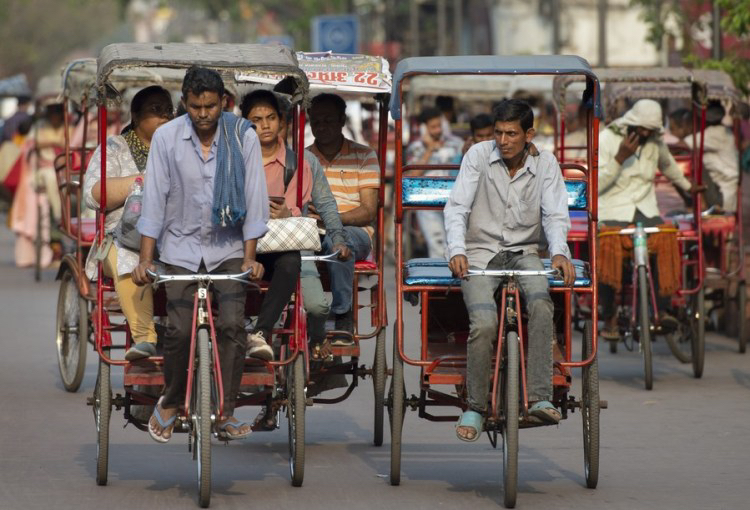
Staff members pose for a photo with their family at the Wenchang Spacecraft Launch Site in south China's Hainan Province, November 17, 2020. /Xinhua
Staff members pose for a photo with their family at the Wenchang Spacecraft Launch Site in south China's Hainan Province, November 17, 2020. /Xinhua
Editor's note: Victor Gao is a chair professor at Soochow University and the Vice President of the Center for China and Globalization (CCG). The article reflects the author's opinions and not necessarily the views of CGTN.
In the world today, there are only two countries, China and India, which have more than one billion people each. For ages immemorial, China was always the largest population in the world. Recently, the United Nations Population Fund (UNFPA) released the State of World Population Report 2023, which states that India will overtake China to become the world's most populous country by the middle of 2023.
A few years ago, I coined the term "superpopulation" to call a country with more than a billion people. For the foreseeable future, China and India will remain the only two superpopulations in the world.
For China, the status of the largest population in the world was something China was happy to cede. 2022 was the first year in recorded history that the Chinese population registered a small but significant negative growth, which is generally believed will usher in a predicted period of slow and negative growth of the Chinese population in the years to come. Whether China will eventually regain positive population growth in the future is unknown, whether triggered by government incentives of all kinds to encourage more births, or by policies yet to be adopted which may encourage more inbound immigration from the neighboring countries.
China's unwavering confidence in its future is fueled by the "demographic dividend," with longer education and vocational training, greater connectivity, and cutting-edge advancements in AI, robotization, digital economy, and ChatGPT revolutionizing the country's potential.
Regarding consumption, the proportion of Chinese people's consumption expenditure in GDP is relatively low by international standards. China's population accounts for 17.9 percent of the world's population, and household consumption expenditure accounts for only 12.8 percent. If this gap between China's share in the world's consumption and population will be narrowed, the total consumption expenditure of Chinese residents can be increased by 39.4 percent, which is even greater than each of the total consumption of Japan, Germany, the UK, and India. This is China's large-scale population effect.

People ride rickshaws at a market place in New Delhi, India, April 26, 2023. /Xinhua
People ride rickshaws at a market place in New Delhi, India, April 26, 2023. /Xinhua
It is reasonable to expect that the Chinese population will generally speaking stabilize as it is, punctured by negative growth in one year or another, without registering dramatic upside or downside swings in the years to come. Greater emphasis will be placed on the quality of education and professional and vocational training of the population, greater life expectancy of the population, and better quality and quantities of health and medical services for the population.
India's population is expected to continue to grow for many years, presenting both unprecedented opportunities and challenges for the country and mankind as a whole. The rapid growth will impact all aspects of life, including employment, health, education, and sustainable economic development. The future of Indian population is uncertain, and the country will have to find ways to manage the effects of its growth while ensuring the well-being of its citizens.
One thing of great certainty is that China and India will remain for the foreseeable future the only two superpopulations in the world. As such, they have unique and special opportunities, challenges, and responsibilities for their own people, for each other, and for the world.
As the two largest countries they hold immense power to shape global trends and drive progress. Nevertheless, they also face challenges related to their size, such as managing their populations, sustaining economic growth, and promoting social well-being. The future of China and India, with their unique challenges and opportunities as the world's superpopulations is uncertain and how they navigate the road ahead will shape the future of the world to a great extent.
(If you want to contribute and have specific expertise, please contact us at opinions@cgtn.com. Follow @thouse_opinions on Twitter to discover the latest commentaries in the CGTN Opinion Section.)